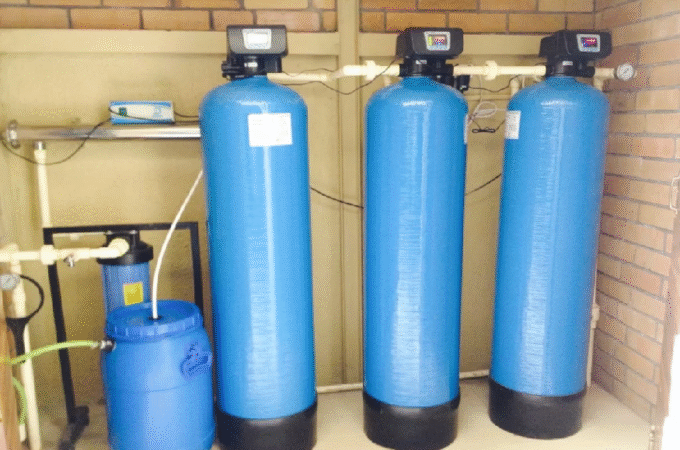
The ABCs of SEER: How to Choose the Right Air Conditioner for Your Home
If you are shopping for a new HVAC system, you will likely see SEER ratings advertised. But what do those ratings mean, and how important are they in choosing an AC or furnace? This post will explain SEER ratings and what to look for when selecting an HVAC system. Stay cool this summer!
History
The seasonal energy efficiency ratio (SEER) measures how much cooling a system delivers per unit of energy consumption. In other words, it is a measure of a system’s efficiency. The higher the SEER Rating in an HVAC System, the more efficient the system. SEER ratings were first developed in the late 1970s by the U.S. Department of Energy (DOE). The original purpose of the SEER rating was to help consumers compare the energy efficiency of different air conditioners. The DOE’s goal was to encourage manufacturers to produce more efficient air conditioners, saving consumers money on their energy bills and helping reduce air pollution. Today, SEER ratings are still used to compare the energy efficiency of different cooling systems. However, they have also become an essential tool for measuring the environmental impact of cooling systems. When shopping for a new cooling system, check the SEER rating to ensure you get an efficient model.
Calculating SEER Ratings
SEER ratings are a way of measuring the efficiency of air conditioners. To calculate the SEER rating, divide the cooling output of the air conditioner by the power input. The cooling output is measured in British Thermal Units (BTUs), and the power input is measured in watts. For example, if an air conditioner has a cooling output of 10,000 BTUs and a power input of 1,000 watts, its SEER rating would be 10. In general, air conditioners with higher SEER ratings are costlier than those with lower SEER ratings.However, they can also save you money in the long run by lowering your energy bills.
Choosing The Right SEER Rating
When choosing an air conditioner, selecting one with a high SEER rating is essential. The higher the SEER rating, the more efficient the air conditioner and the lower your energy bills. The most common SEER ratings are 13, 14, and 16. While a 13 SEER air conditioner may be less expensive to purchase, it will cost you more in the long run because your energy bills will be higher. A 16 SEER air conditioner may cost more upfront, but it will save you money on your energy bills over time. In addition, a 16 SEER air conditioner is required by law in some states. So if you live in one of those states, you will need to purchase an air conditioner with a minimum SEER rating of 16. To sum it up, when choosing an air conditioner, select one with a high SEER rating to save money on your energy bills in the long run.
Difference Between 14 SEER And 16 SEER
When purchasing a new air conditioner, you want to ensure you get the most energy-efficient model possible. A 14 SEER air conditioner is the minimum efficiency level currently available on the market, while a 16 SEER air conditioner represents the highest efficiency level. Generally, a 14 SEER air conditioner will be about 10% less efficient than a 16 SEER air conditioner. A 16 SEER air conditioner will use 10% less energy than a 14 SEER unit. If you want to save money on your energy bills, opting for a 16 SEER air conditioner is a wise choice.
SEER ratings are an essential consideration when purchasing or upgrading an HVAC system. Look for a system with a SEER rating of at least 14 to ensure you get the most bang for your buck. If you have any questions about SEER ratings or need help finding an HVAC contractor in your area, do not hesitate to contact us. We would be happy to help!





